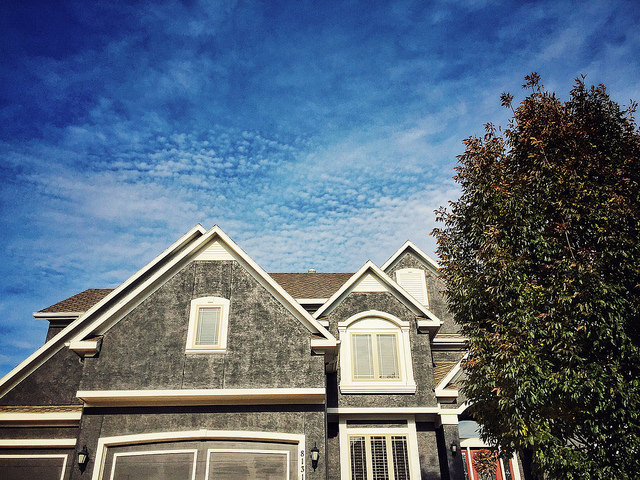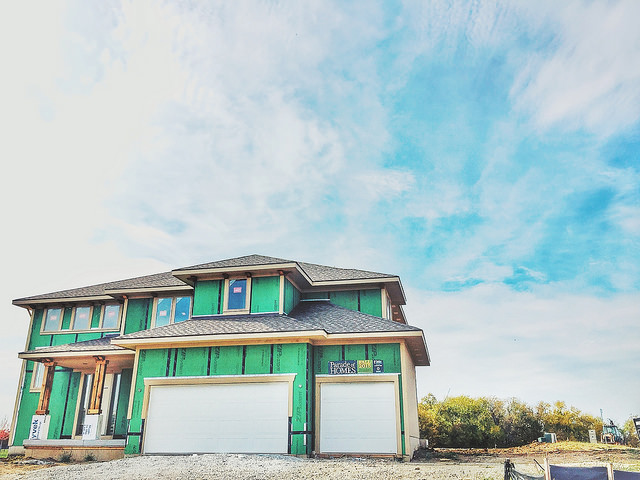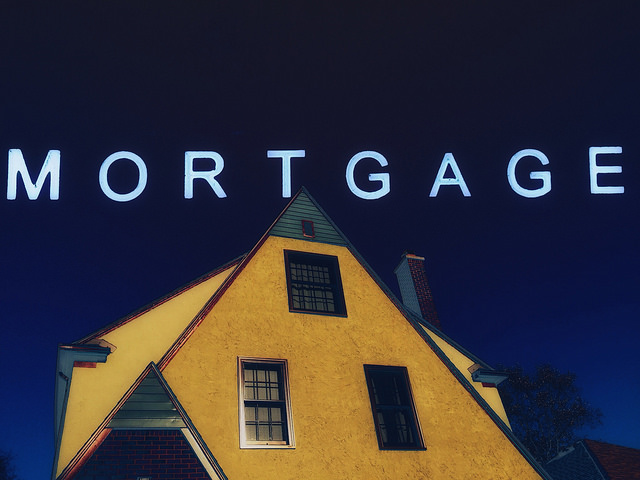Despite some signs of weakness in the overall economy, the housing market continues to make gains. The latest in a string of positive releases is the U.S. Census Bureau and the Department of Housing and Urban Development’s New Residential Sales Report For December. According to the numbers, sales of newly built single-family homes rose 10.8 percent over the previous month’s estimate. That means, at the end of the year, there had been a total of 501,000 new homes sold in 2015 – a 14.5 percent increase over 2014. Sales in December likely benefited from unseasonably warm weather in areas usually slowed by winter weather. In fact, the Midwest lead all regions with a 31.6 percent rise over the month before. Other regions, such as the West and Northeast, also saw double-digit gains, though the South was virtually flat. Sales were also supported by an increase in the number of new homes available for sale. Rising inventory offers buyers more choices and helps relieve upward pressure on prices. To that point, the median price of a new home dropped in December to $288,000, 4.3 percent lower than one year ago. More here.













